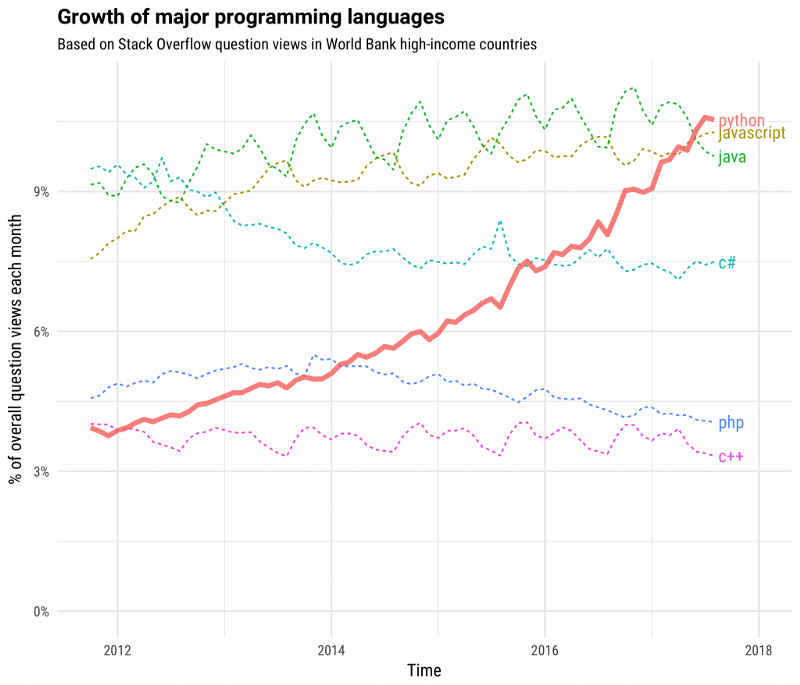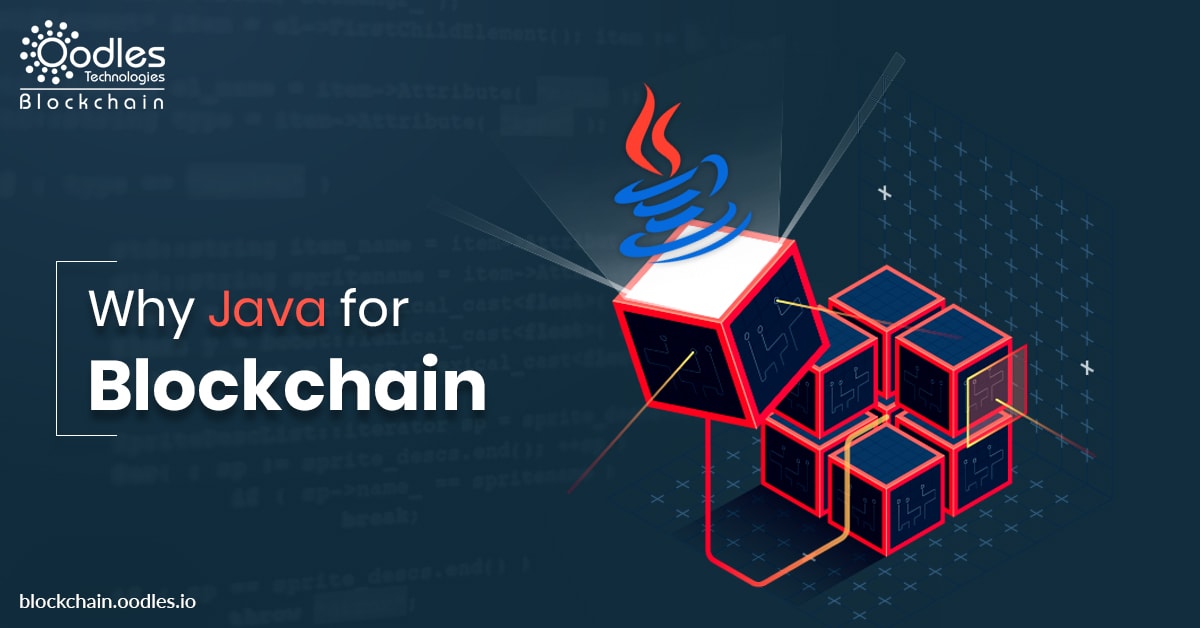-
What comes to your mind when someone says Java? If nothing, you may think "old." Although, others might say it sturdy, reliable and safe. And for Oodles Blockchain, Java means "enterprise." Undoubtedly, Java is a versatile and popular programming language.
Java for Ethereum based blockchain app development
It may be a surprising choice for developing something as cutting-edge as an Ethereum based project (choosing java for Ethereum App Development). We, at Oodles Blockchain, prefer to choose Java for Ethereum to achieve our vision of building performant Ethereum blockchain-based applications. Java is a logical fit for blockchain development companies due to significant reasons. From the maturity and size of its community to more Ethereum specific and technical reasons like maintenance, extensibility, and speed are some of the factors that make it the best programming language for developing large Ethereum based applications.
Java boasts a large community and has staying power
When a blockchain development service provider decides to use Java for Ethereum applications to meet enterprise needs, the maturity and size of the Java ecosystem make this decision a no-brainer. As an open-source project, it attracts a large community of developers who contribute to our work. According to Oracle's estimation, there are more than ten million Java developers. And the language 's share among various job postings on job portals highlights that enterprises are still reliant on it and actively building with it.
 Although high-level programming languages like Python has gained significant traction lately, Java's share in the developer community has not got affected much.
Although high-level programming languages like Python has gained significant traction lately, Java's share in the developer community has not got affected much.Java also has staying power, which is a product of the maturity of the ecosystem.
There are monitoring and deployment tools like Java Mission Control or JMX widely available and thoroughly understood. Thus, making the lives of anyone working on applications quite simple. You can integrate almost anything into a Java Stack using Camel or the Spring Framework. And even though blockchain is a breakthrough invention, there are IT environments that are full of hoops that you need to jump through to deploy tools in production. That's why the availability of these options for the integration in existing applications is a critical factor to expediting the adoption along with not getting stuck in red tape. Runtime management, logging, and GC tuning are time-taking and tedious to build processes around, and only a few enterprises would want to use Docker to get around these obstacles.
Also Read:: Best Blockchain Programming Languages 2019 | Updated List
Easy Maintenance
Not only this, it has Ethereum-specific reasons as well. Java may require more coding up-front, but it will eventually help in saving time and effort in the long run. It's because Ethereum clients are large, complex applications. Refactoring and maintaining code is feasible with a typed and static language like Java. Java Virtual Machine (JVM) provides with the flexibility to take benefits of other options, such as using Kotlin or Scala. Also, it enables code portability and is supportable with a variety of platforms including mobile, desktop and embedded.
Java has Speed
Java can be as fast as other languages like GO or C and much faster than Python or Ruby due to its mature just-in-time (JIT) and modern Garbage collection (GC) algorithm. These elements are necessary for an application that needs higher throughput. Indeed, high-performance enterprise apps like Kafka and Apache Cassandra run on Java. It proves its case as a language of choice for the development of large, distributed systems.
Offers Pluggability Support
A core feature of developing blockchain based apps in Java is its pluggable architecture. It can be called the bread and butter of Java - you will find almost anything in its library, including various cryptographic constructs. Even though there's the up-front cost of well-structured code, Java libraries, the strong typing, and mass adoption of class hierarchies/interfaces provide with a pluggable architecture.
Meets future certification needs
In the enterprise space, the area where pluggability matters the most at the code-level is cryptography. Java has already invested in the certification of cryptographic modules, and most JVMs. Further, as enterprises get determined to implementing blockchain in production environments, critical questions will mount around the constructs used and whether they adhere to the cybersecurity standards like NIST. So, as industry evolve and cryptography security is broken, being able to plug new constructs in will be an ongoing benefit.

Our Offices
INDIA
Emaar Digital Greens, Sector 61,
Gurugram, Haryana
122011.
Welldone Tech Park,
Sector 48, Sohna road,
Gurugram, Haryana
122018.














